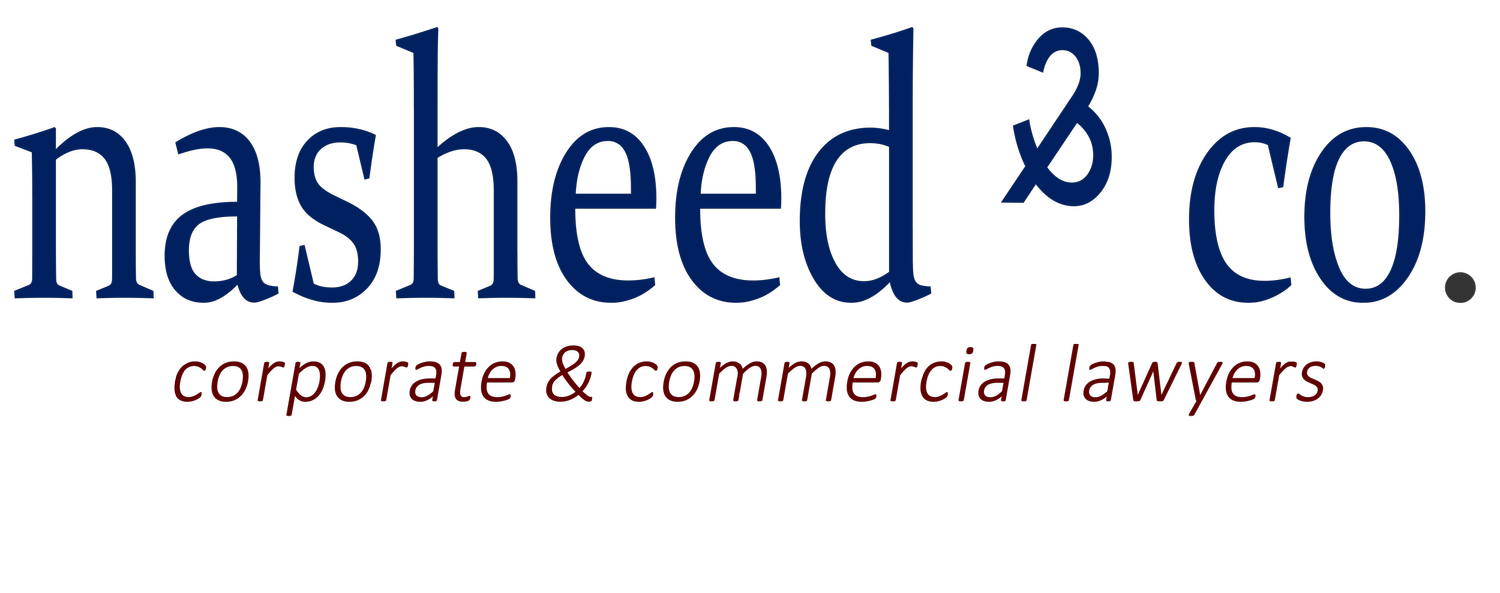Reopening for Safer Tourism
A degree of nervousness is palpable among tourism industry leaders, actors and influencers as they all await the country’s borders to reopen in July. Equally as much, an insane amount of anxiety exists over how the final set of reopening guidelines would ultimately look like – especially after the dismayed reaction the initial set of draft guidelines attracted from across the length and breadth of the industry. As the government puts its final touches to the evolving guidelines, it is understood that the redrafting exercise would be no mean feat. In any assessment of matters to include within the guidelines, the government would have to walk a tightrope as it balances between earning tourism revenue for the country and protecting the public health of its people. No doubt, there is awesome interest and considerable value in the Maldives as a destination. The trick would be to reopen tourism by putting in place public health measures that do not effectively operate to extinguish the keen interest tourists may have in visiting the Maldives for a memorable holiday. A visiting tourist would of course appreciate the need for health and safety. The same tourist is also likely to expect an ease in movement, affordable set of rates and a joyous ambience. A resort owner /operator would want the tourist to experience the unique selling proposition of a Maldives holiday: the setting, environment, hospitality and ambience. The government would want the resorts to reopen, businesses to restart, the economy to kick start, and the industry to start contributing tax and non-tax revenue. In the meantime, the government would also like to keep an eye on the public health protection –of tourists, expatriates, locals – and all. Doing all that in a single package is arguably a tall order – given the sensitivities involved on all fronts. The challenge for the government would be to compile a set of guidelines that offers a trilateral symmetry - that rests on three pillars – and offers an even keel on three different fronts: Health, Revenue, and Ambience. From having a cross section of conversations with government and industry leaders / actors, we can dissect the key component elements and pencil in a very high level summary of the new guidelines.
Pre-Arrival Measures
Unlike in the first draft, there may be no intimidating speak of costs, fees or charges. It may not be necessary to carry evidence of a negative PCR result. There may not even be a requirement for a compulsory stay of 14 days in the Maldives. There may be no mandatory quarantine for all visitors alike. Additionally, there may not be any fees associated with obtaining an on arrival visa. All a tourist would need may be a confirmed booking at a registered tourist facility. Also, except for very limited reasons, the entire stay may be limited to a single facility or resort. Island hopping may probably have to wait for another day. However, excursions like diving and snorkeling and the like may be arranged but in compliance with relevant guidelines. That is a major turnaround for the enthusiastic visitor from where the conversation began about reopening borders for safe tourism.
On Arrival Measures
The public health dimension is tackled at the point of entry. No doubt, intense screening will be in place. If a visiting tourist exhibits Covid-19 like symptoms on arrival, the visitor may have to undergo a PCR test for a proper diagnosis. Otherwise, there may not be a compulsory testing requirement on arrival. However, the government may carry out random tests at entry. It may be a PCR test or even a point of care rapid test. If a visitor is found positive for Covid-19, the resort where he is booked would have two options: isolate the tourist at the resort or transfer him to a quarantine facility run by the government. Both options would be to the cost of the resort. An isolation facility will be available at the airport to deal with visitors responding positive to a PCR test or showing symptoms on arrival. All in all, screening testing and isolation facilities would be a feature of the airport come reopening. Only the designated or pre-authorized representatives from resorts would be able to meet and greet visitors at airport. Airport transfers will only be possible via vessels notified and booked in advance by resorts. Safe distancing, wearing of facemasks during transportation, disinfection and decontamination of vessels after transportation of visitors would most likely be made compulsory. Vessels carrying tourists are to meet HPA guidance in terms of health and safety. Rules on safe distancing and wearing of facemasks would apply to crew and visitors alike.
Post Arrival Measures
Resorts may require a bit of time and effort to institute measures to fully comply with and embrace the new guidelines. Each resort is to have a designated area for quarantine or isolation. While guest service staff would have to be trained in the proper use of PPE, all staff would have to be trained on disinfection procedures. Additionally, all staff would be asked to practice safe distancing, and where it is not possible, to wear facemasks. The resort must be fully prepared for a situation where a tourist on the property becomes positive for Covid-19. It should have emergency procedures in place for speedy and effective management of the situation. Resort clinics are to have resident doctors who have undergone HPA training on Covid-19 management including sampling testing and isolating. The government probably understands that all resorts may not have resident doctors. If that is the case, the resorts may not be allowed to host and manage a Covid-19 patient. Here, a point to consider would be that all resorts may not be equal. In case of smaller resorts or resorts without resident doctors, the government may perhaps consider allowing resorts to form clusters to avail the services of a doctor present within immediate vicinity (often in a larger resort), or enter into an arrangement with a medical facility to have ready access to medical doctors in urgencies and emergencies. Every resort may very likely be asked to have a safety manager as the liaison and focal point for Covid related communication and compliance matters – largely to liaise with HPA and MOT. Each resort may also be required to prepare and submit a detailed health and safety plan for MOT approval. A resort may not be able to reopen for commercial operation unless MOT has approved that plan.
Conclusion
That was a very high level summary of major bullet points. These guidelines continue to be evolving and work in progress. Therefore, changes may happen in policy, language or detail. In the meantime, the above may only be regarded with caution and as a high level teaser of what may be expected
Note: In this post, MOT refers to the Ministry of Tourism; and HPA refers to the Health Protection Agency.

